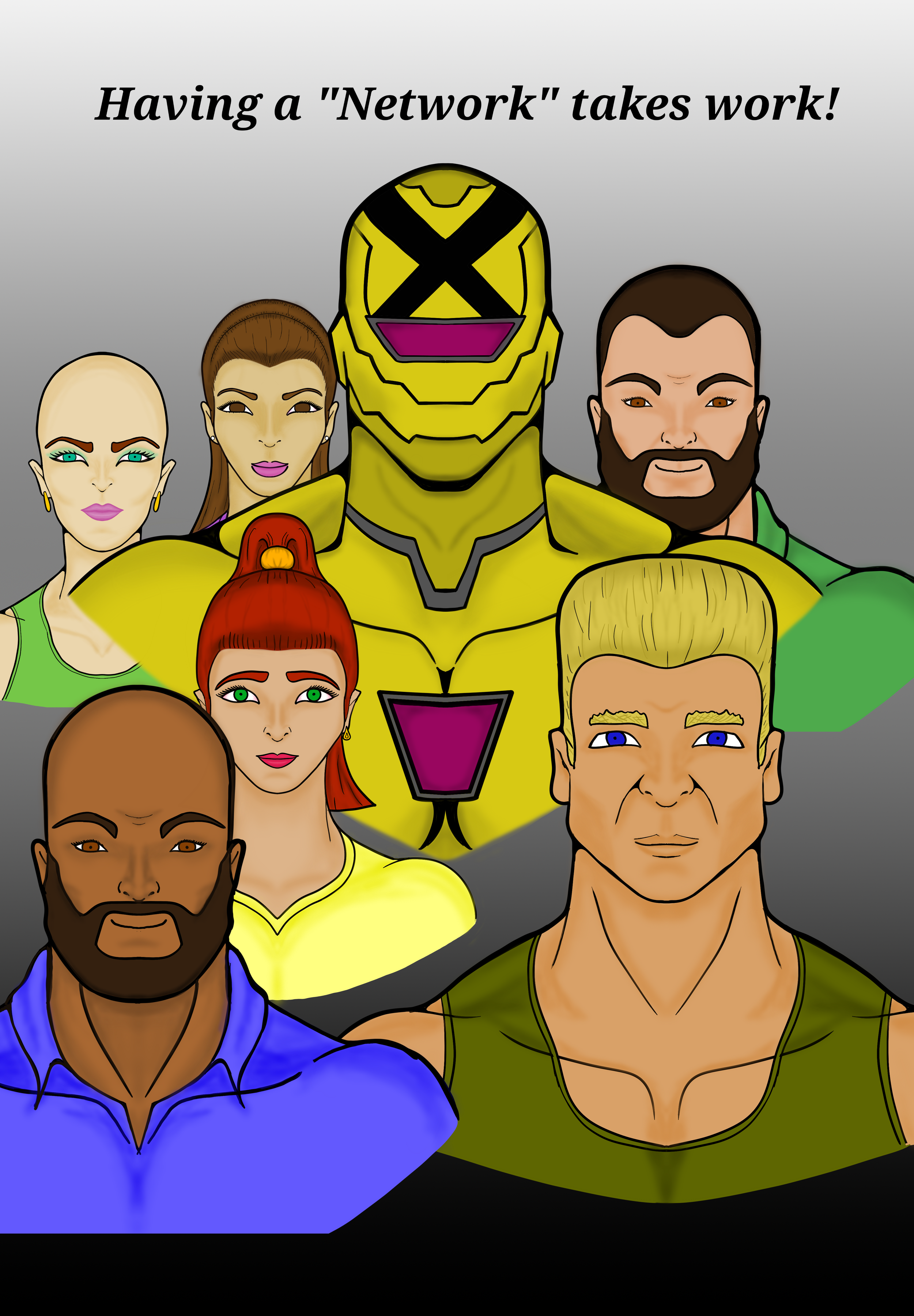NDT Networking Tips
Soft Skills First
I was asked during a recent panel discussion which skills were better, Soft Skills or Technical Skills? My answer may have caught the audience off guard, but I believe my answer has merit when I stated Soft Skills were the most important. In time, anyone can become technically proficient and be an asset to an organization, but if one cannot communicate effectively, then people may never hear them or want to hear the idea coming from you. This idea extends beyond the seasoned professional and has value for the young start-up technician looking to learn what they can. If the technician does not know how to talk to people or ask questions the right way, they may not get the feedback, or the knowledge needed to become proficient and the expert everyone goes to for help.
The sooner one can sharpen their soft skills, the more effective they will be and the quicker they will learn whatever they want to learn. Networking is one of the key tools to add to your toolbox.
When you put in the work your network will grow. It takes time but it will grow.
Networking
Networking – The work one puts toward filling their net of key relationships that become our network.
Networking for anyone just starting out in our industry can be intimidating and can leave people feeling left out the first time they attempt it. I have learned that the most powerful word in the English language is “care”. According to the Merriam Webster Dictionary, care, is defined as “watchful or protective attention, caution, concern, prudence, or regard usually towards an action or situation or personal responsibility.” When you care about someone, you want what is best for them and are willing to help them achieve these goals.
When it comes to networking with care in mind it can be broken down using this acronym.
C – Communicate with intent to learn and engage
Care for the people you are wanting to engage and develop a relationship with. Networking is not a one-sided relationship and requires active, relatable, engagement for your network to be effective. If you do not care for them, why should they care about you?
A – Actively listen to develop questions and follow up conversation
Actively listen during your conversation so that you can ask a relevant follow-up question or share an observation about the person that generates a personal connection. When we first start networking, we may struggle to understand the technical details and need to look for alternative points from the conversation/engagement to develop a connection. Activity extends beyond the face-to-face conversation and in today’s world we need to be active on social platforms like LinkedIn as a positive tool for building your network. More about LinkedIn engagement will be coming in a separate post.
R – Relate to the other person so that you both can share and engage
Relationships begin when you connect the first two points as the base of your new relationship. Find opportunities to attend local meetings, volunteer at events, and provide feedback when asked in a timely manner.
E – Engage with the other person with purpose
Engage with a long-term purpose in mind. Relationships and networking take time so don’t think of the short-term situation and continue to build on the relationships you have. Leverage the relationships you have and gain along the way by asking the people you’ve already met to introduce you to new people during meetings, trade shows, or other event activities to expand your circle little by little.
Ms. Sonic stands behind the number one pillar of successful networking.
Steps Forward
First and foremost, you need to set some goals for your networking efforts. Your goals should be tangible and measurable so that you can chart your success, which in turn will encourage you to continue your networking efforts. Perhaps a goal could be to have a five-minute conversation with a person of interest that ends with you getting their contact information so you can follow up with them the next day with a brief message related to the conversation you had with them.
Volunteering in within your company activities, local ASNT chapter, or other personal organizations will help you overcome the communication boundaries we all have when we set out to begin networking. If you are not certain about this part find a friend or colleague who can join you in this adventure but try to engage with other people and not, simply stay with your buddy the whole time. Volunteering is your way of showing people you want to help you know that you care enough to give up some of your own time which will encourage them to help you out when you ask for it. Volunteering is your pathway toward long standing relationships and your next opportunity in your career.
Last but not least be sure to follow up in some way with those you meet, for example by text, email, phone call or social media messaging, and be consistent in these efforts.



